Piercing Repair
Piercing repairs, whether they are in the nose, lip, eyebrow, earlobe, belly button (umbilical) or anywhere else on the body, are performed when the hole has become stretched or torn or simply when the piercing is no longer wanted and the jewellery item has been removed.
The cause may be accidental or may be related to wearing excessively heavy jewellery or may simply be related to a change of mind. Cosmetic improvement of these obvious piercing scars and holes is now available.
We offer two methods or repairing any unwanted piercings. One method is surgical re-excision or we also offer the ‘Cross Technique’ method, which is a non-surgical procedure applying a chemical acid to the piercing to help re-heal the hole and stimulate new collagen growth.
You can come into our clinic and have this sorted by our professional team, or you can do it yourself in the comfort and privacy of your own home.
We sell exclusive DIY piercing repair kits and deliver them to your door – with free shipping!
What is the Cross Technique Method?
We use a specialised, highly concentrated product that directly targets the top layer of cells on your skin, and you simply grow new skin in its place! This new and improved skin has great elasticity and it improves the scarring from the piercing.
Frequently Asked Questions
-
Cosmetic Image Clinics is owned and operated by former AMA Qld President and TV Medical Journalist Dr Ingrid Tall who has over twenty years of experience in the cosmetic medicine industry. Our clinic is medically supervised and if experience, credibility and a ‘natural look’ is what you are looking for, then make Queensland’s largest cosmetic clinic, Cosmetic Image Clinics your preferred provider.
-
We offer two options for piercing repair. The Cross Technique method, where you come in and one of our highly-trained staff attends directly to your piercing, or the DIY piercing repair kit which we sell here.
-
If a surgical re-excision is required, then:
Local anaesthetic is injected with a very fine needle.
The damaged holes are surgically removed.
The resulting hole is repaired using fine suturing.
Sutures are removed after one week on average.
Please note: Stretch earlobe or ‘gauge’ earlobe repairs or large piercing holes need more significant surgical intervention and this simple process of the ‘Cross Technique’ will not usually suffice. Our cosmetic or plastic surgeons are available to help with these more complicated repairs.
If the ‘Cross Technique’ can be utilised, then:
A high concentration product is applied to the pierced area for a few seconds. A mild stinging sensation is often experienced for a few minutes.
The piercing hole is then gradually lessened by stimulation of the new collagen and skin which grows up from the base as the healing process occurs.
This product is reapplied every 4-6 weeks (usually only 3 times). Improvement is seen commonly after the second application and continues improving over the next 12 months.
For the DIY Piercing kit you can learn more here.
-
Yes, depending on the success of the procedure. In most cases you can re-pierce your ears to wear your favourite earrings again.
-
Cosmetics, Cosmetic treatment, TCA, Acid treatment, Cross technique, TCA cross technique, cross technique piercing repair, cross technique piercing repair brisbane, cross technique piercing repair videoYes, you can at Cosmetic Image Clinics within Aquarius Health and Medispa at 70 Mary St, Brisbane or online on our Cosmetic Image Clinics shop.
DIY kits can be used to repair the following:
DIY piercing repair lip, earlobe, ear
Lip piercing scar removal or repair
Albert piercing repair
Labret piercing repair
Monro or lip piercing repairs
Bellybutton or umbilical piercing repairs
-
You sure can! We do recommend you wait at least three months for the healing of scar tissue before getting another piercing in the targeted area.
-
Alcohol swabsCosmetics, Cosmetic treatment, TCA, Acid treatment, Cross technique, TCA cross technique, cross technique piercing repair, cross technique piercing repair brisbane, cross technique piercing repair video, piercing repair non-surgical; piercing repair no surgery brisbane
Blemish dots (mini bandaids)
Silicone gel
Home Dermaroller System
TCA (trichloroacetic acid)
Wooden toothpicks and cotton tips
Instructions on how to use the DIY Piercing Repair kit:
Take a Selfie prior to treatment so you remember how things used to look
Clean area with alcohol
Apply Vaseline around area to be treated to protect surrounding skin
Depending on size of area to be treated, dip applicator tip into acid treatment solution
If the area is small, use the tip of a wooden toothpick
If area if is great than 1 to 2 mm in diameter, then use cotton tip stick and dip into solution and apply to lesion
Dip so the tip is moistened and not dripping. Use a tissue or gauze square to transport the toothpick tip or cotton tip to the required area so the solution does not drip where it is not intended
Lie still to minimise the risk of the solution dripping after application.
Please note: It is important to take extreme care while using the acid solution. Do not allow it to spill on your skin. Do not ingest the product or apply close to an eye.
-
Do you have:
Damaged earlobes
Unwanted piercings
Torn, enlarged, lengthened ear piercing holes
-
Simply apply a barrier cream such as Vaseline or Bepanthen, vaseline, etc) 4 times each day on the former pierced area. It’s as easy as that.
-
A range of situations can cause a variation of defects to your earlobes. From heavy earrings, tears, and more!
Before & After Gallery




